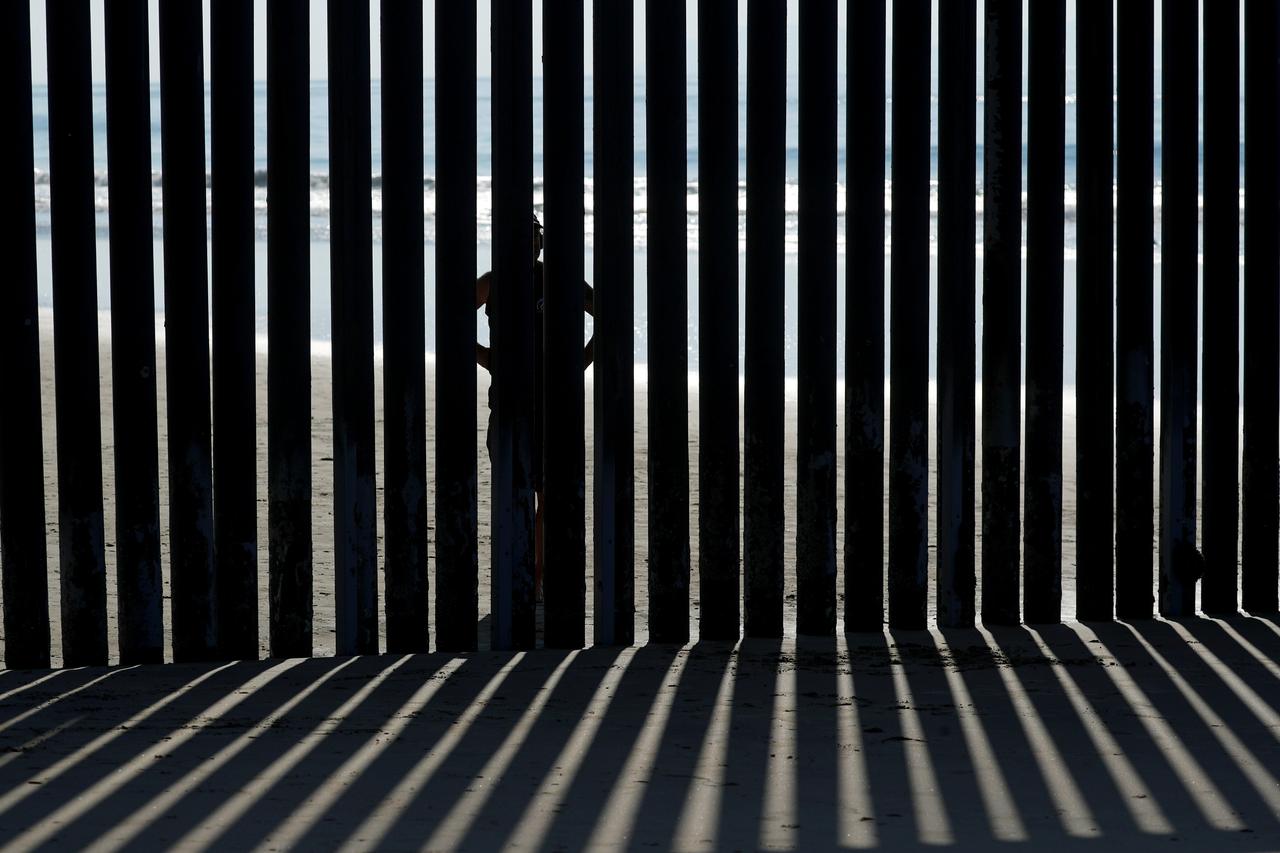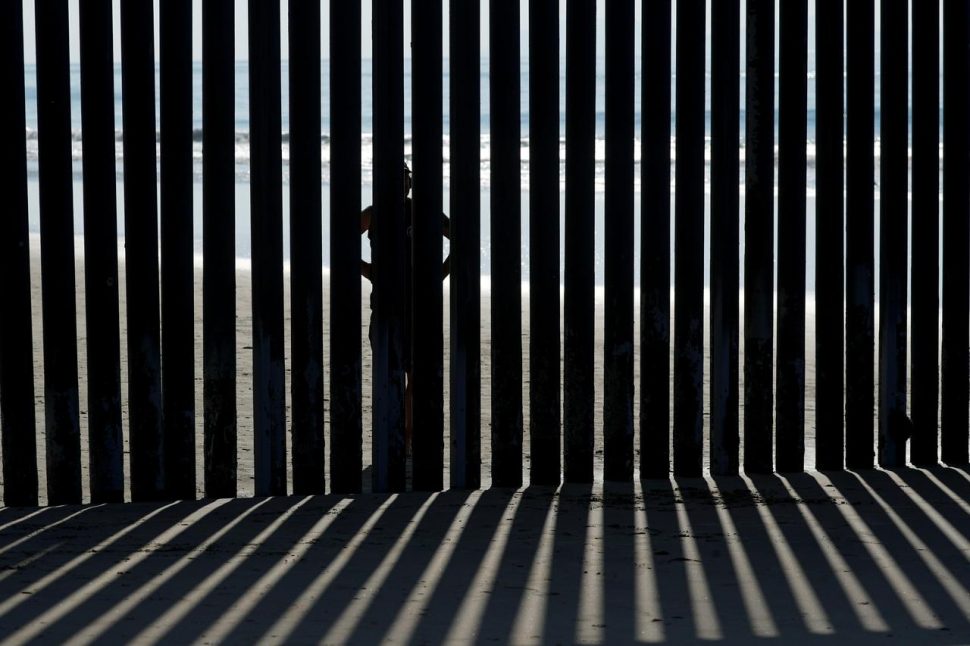WASHINGTON, (Reuters) – The Trump administration today doubled down on its threat to shut down the southern border with Mexico, a day after it cut aid to Central American countries that President Donald Trump accused of deliberately sending migrants to the United States.
Faced with a surge of asylum seekers from Central American countries who travel through Mexico, Trump said on Friday there was a “good likelihood” he would close the border this coming week if Mexico does not stop unauthorized immigrants from reaching the United States.
 Without providing evidence, he also accused the nations of having “set up” migrant caravans and sending them north.
Without providing evidence, he also accused the nations of having “set up” migrant caravans and sending them north.
Speaking to ABC’s “This Week” show, White House acting Chief of Staff Mick Mulvaney said the president had few other options in the absence of any support from Democrats for more border security or legislative action to change the immigration law.
“Faced with those limitations, the president will do everything he can. If closing the ports of entry means that, that’s exactly what he intends to do,” Mulvaney said. “We need border security and we’re going to do the best we can with what we have,” he added.
White House adviser Kellyanne Conway told “Fox News Sunday” that the situation at the border was at “melting point” and said the president was serious in his threat. “It certainly is not a bluff. You can take the president seriously.”
Neither Trump aide offered any specific details or timeline for the potential border shutdown.
Asked about migration in general and Trump’s threat to shut the border specifically, Pope Francis told reporters as he returned from Morocco that “Builders of walls, be they made of razor wire or bricks, will end up becoming prisoners of the walls they build.”
At a Saturday rally on the border in El Paso, Texas, Democratic presidential hopeful Beto O’Rourke denounced Trump’s immigration policies as the politics of “fear and division.”
Trump has repeatedly said during his two years in office that he would close the U.S. border with Mexico. His latest threat had workers and students who frequently cross the border worried about the potential disruption to their lives.
Closing the border could disrupt millions of legal crossings and billions of dollars in trade.
Mexico is the largest importer of U.S. exports of refined fuels like diesel and gasoline, some of which moves by rail. It is unclear if rail terminals would be affected by closures.
“It would have a widespread and dramatic impact on our markets almost immediately,” said an executive at a company that ships products by rail to Mexico, citing its dependence on U.S. natural gas, propane, gasoline and ultra-low-sulfur diesel fuel.
The U.S. government says it is struggling to deal with a surge of asylum seekers from countries in Central America who travel through Mexico. On Saturday it cut aid to El Salvador, Guatemala and Honduras – a move Democrats warned would only worsen the situation.
“What we need to do is focus on what’s happening in Central America, where three countries are disassembling before our eyes and people are desperately coming to the United States. The president’s cutting off aid to these countries will not solve that problem,” Senate minority whip Dick Durbin told NBC News’ “Meet the Press.”
He also cast doubt on the viability of shutting the border, describing the threat as “totally unrealistic.”
March is on track for 100,000 border apprehensions, Department of Homeland Security officials said, which would be the highest monthly number in more than a decade. Most of those people can remain in the United States while their asylum claims are processed, which can take years because of ballooning immigration court backlogs.
Trump said on Friday he planned to hold a media event at the border in the next two weeks. According to his public schedule, the president will visit Calexico, California this Friday.
LEGAL PRECEDENT
While some Trump critics say he is bluffing, closing the southern border is not unprecedented. Presidents Richard Nixon and Ronald Reagan both shut the border over drug-related issues, while President Lyndon B. Johnson closed it briefly after the assassination of John F. Kennedy in 1963.
Trump could turn to the section of immigration law that grants the president broad authority to prevent certain people from entering the county on national security grounds, legal experts said. That authority was upheld by the Supreme Court in a decision last year on his controversial travel ban.
It is unclear what powers Trump would use to invoke that law.
If he declared a national emergency, he could face difficulty justifying that the influx of asylum seekers amounts to a “true and legally demonstrable federal ’emergency'” and warrants the “extreme measure of closure,” said Geoffrey Hoffman of the University of Houston Law Center Immigration Clinic.





